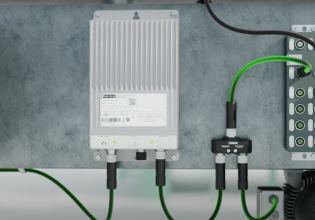E
Hi All,
I'm currently refreshing couple of knowledge areas on the process side and I'm convinced that members of this forum working in general on process side and in particular – involved in creation of P&ID can easily point me to the right information.
First one is the process of pipe sizing & pipe metal selection for fluid applications while second is the selection process for the pump and corresponding motor for particular application.
As an example, what elements to take into consideration when preparing set of P&ID and metal fabrication drawings for piping and how to lead the process of pump and corresponding motor selection for particular application?
Another is how to calculate flow, head and how to take into consideration fluid viscosity, density, corrosiveness, consistency, etc. while doing so?
I trust you might have some live examples of how flow and head are calculated and based on that: pump, motor along with pipe size and pipe's material are selected?
The best would be step by step process overview but I'll appreciate all information you can provide on those topics.
Regards,
Eric
I'm currently refreshing couple of knowledge areas on the process side and I'm convinced that members of this forum working in general on process side and in particular – involved in creation of P&ID can easily point me to the right information.
First one is the process of pipe sizing & pipe metal selection for fluid applications while second is the selection process for the pump and corresponding motor for particular application.
As an example, what elements to take into consideration when preparing set of P&ID and metal fabrication drawings for piping and how to lead the process of pump and corresponding motor selection for particular application?
Another is how to calculate flow, head and how to take into consideration fluid viscosity, density, corrosiveness, consistency, etc. while doing so?
I trust you might have some live examples of how flow and head are calculated and based on that: pump, motor along with pipe size and pipe's material are selected?
The best would be step by step process overview but I'll appreciate all information you can provide on those topics.
Regards,
Eric






